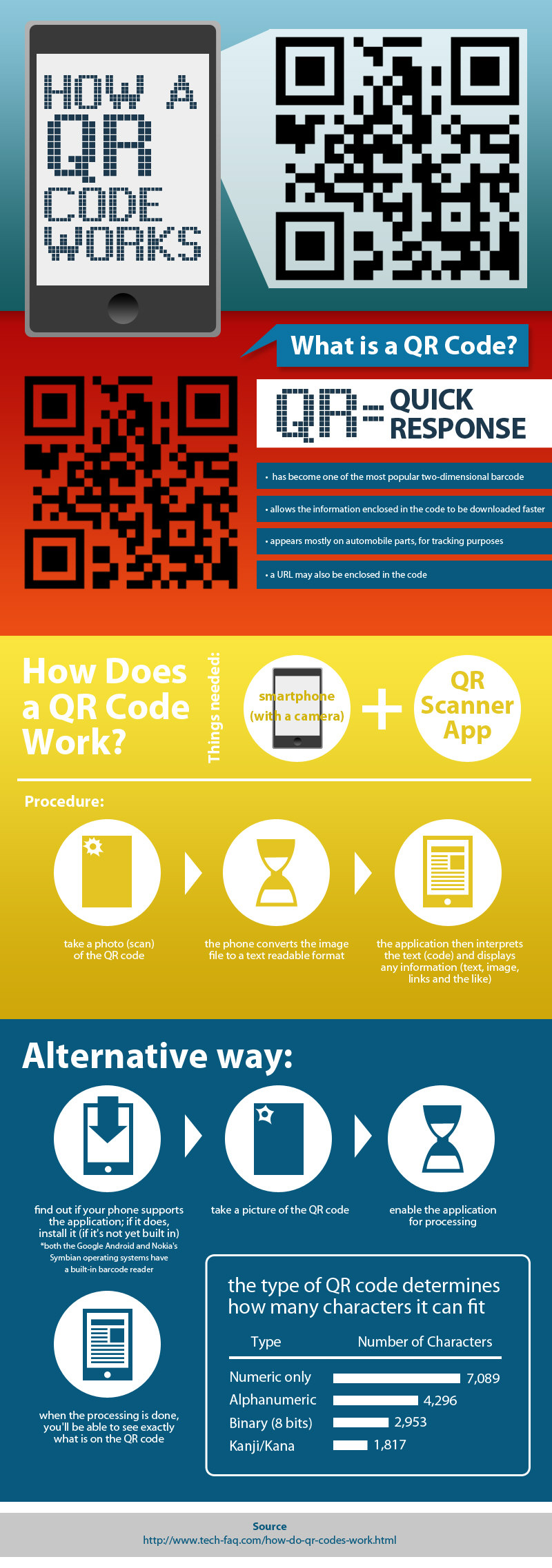

To overcome this issue I try to figure out what works well and what doesn't, and then I capitalize on those strengths. It's just the nature of the beast in educational technology, and it's something that everyone has to deal with. Jenks: Dealing with out-of-date or problematic technology can be difficult. McCrea: Have you run into any challenges using mobile technology in the classroom? It also provides them with access to the same technologies outside of the classroom. There is very little that they need to learn to use the technology. Being able to use their own devices allows students a level of comfort and familiarity that they don't usually experience with technology at school. Jenks: By creating immediate student engagement. McCrea: How do QR codes help you as a teacher? There was bit of training to do with the students, and then we were off and running. Implementing QR codes in class was fairly easy once I had a way for all students to use them. This opened up the opportunity to nearly every one of my students. I eventually found a service called Snap My Info that allows QR codes to be available to anyone with a camera and picture messaging. Jenks: I became interested in using QR codes early last year but didn't use them because I didn't want to separate my classes into those students who had smart phones and those who didn't.

McCrea: Why are QR codes such an important part of your classes right now? I also use QR codes when I want to provide students with the chance to check their answers at any time by encoding those answers in the QR code. For example, students may spend the classroom period looking at various uses for water on campus.

I also use QR codes, which lend themselves to scavenger hunt activities very well. Jenks: Students respond to questions using their cell phones and services like Poll Everywhere (for classroom polling) and Cha Cha (for quick, fact-based research). London Jenks: The most common devices students bring are their cell phones, although they are also allowed to bring their own tablets or laptops into my science classes. His reasoning is clear cut: Students need little or no training on their own devices, which allow them to quickly access to the Internet interact with their instructor and other students and use innovative tools like QR codes.Ī Google-certified educator who teaches earth science, physics, chemistry, and astronomy, Jenks explainedhis reasons for letting down the walls that so many other instructors have erected during this "mobile" age and told us how the strategy has helped him be more effective as a teacher.īridget McCrea: What types of student-owned technology do you allow in your classroom?
#Qr journal how to
Wyoming science teacher London Jenks not only allows mobile technologies in his classroom, but he's also learned how to maximize them as educational tools, tapping the devices for assessments, research, and even student scavenger hunts using QR codes.Īt a time when schools are banishing student-owned mobile devices from their classrooms-or, at least making sure the disruptive laptops, tablets, and phones are powered down class begins-London Jenks is taking a decidedly different tack.Ī science teacher at Hot Springs County High School in Thermopolis, WY, Jenks welcomes iPhone- and Android-toting students into his classes. Mobile Learning | Q&A QR Codes in the Classroom


 0 kommentar(er)
0 kommentar(er)
